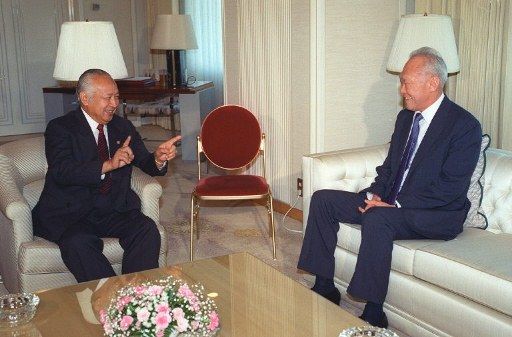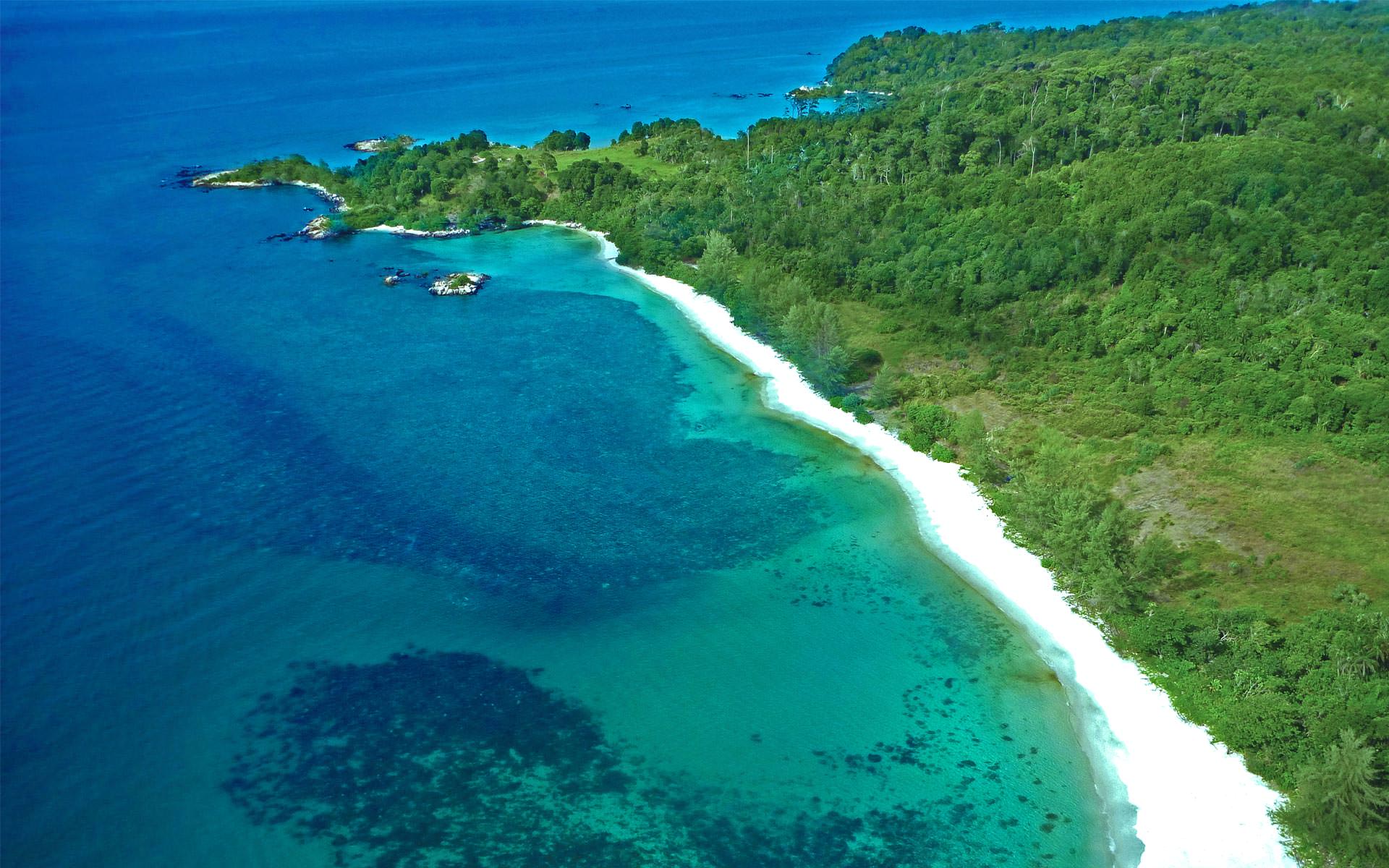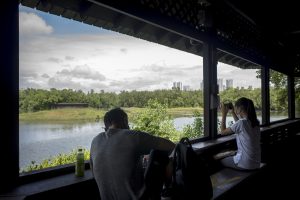What did you think of? Your answer to this question says a lot about you. If you pictured the Maldives or Bora-Bora, you are either a) quite affluent or b) contemplating marriage. Bali will beckon if you’re a broke-ass millennial and nightlife junkies will probably pick Phuket for the clubs and sex. For something more family-friendly, Langkawi offers seafood and scuba on a dime.
But whatever you envisioned, it probably wasn’t Bintan – the island that time, and most Singaporeans, forgot.
Located a mere 50-minutes away from Tanah Merah Ferry Terminal, Bintan is part of the Indonesia’s Riau Archipelago, an island cluster that also includes Batam, best known as a storage venue for mistresses. Although both islands are (more or less) equidistant from S’pore and they boast the same beach resort vibes, Bintan seems to have faded from our popular consciousness so thoroughly that it exists only as a disembodied name.
There are many reasons for our collective amnesia but chief among them is the personal relationship between LKY and Suharto. In the 1990s, cash flowed into Bintan during a period of close economic cooperation between Singapore and Indonesia, lubricated by our national leaders’ mutual trust.
It was a match made in heaven. Bintan needed foreign investment for development while Singapore desperately needed an economic and recreational hinterland. Buoyed by the promise of mutual benefit, resort developers and MNCs flooded onto the island.
But like all seemingly perfect marriages, it didn’t last.
In 1997, Indonesia had its nose bloodied by the Asian Financial Crisis. The details are complicated but to cut a long story short, the AFC caused a butterfly effect that eventually toppled Suharto and changed Indonesia forever. The Indonesian military’s out-sized influence on public life was rolled back and democracy replaced more authoritarian forms of government. In the meantime, riots and unrest caused capital – both foreign and domestic – to flee the Jakarta for greener pastures abroad.
With Suharto’s stabilising influence gone, the investors fled. And Bintan, which once had a promising future, became yet another orphan of the 1990s.

An international airport was planned, then delayed and then delayed some more.
There was perennial talk of a bridge to Batam, but like Thailand’s mythical Kra Canal, there was a lack of money and political will.
The sum total of these stop-and-start projects meant that Bintan soon became overshadowed by other islands competing for the same tourism dollar and needless to say, this was incredibly bad timing. The 2000s were a transitional period for the Singaporean consumer. Growing affluence meant wads of disposable income but the New Singaporean Consumer was unlike its 90s forebears, who craved big-ticket purchases and luxury brands.
No, Consumer 2.0 favoured experiences over products and was quite happy to splurge on a vacation at the expense of that Michael Kors handbag. Travel boomed and the long weekends saw bookings aplenty for Bali, Australia, Vietnam, Thailand, Korea and other regional destinations who responded in kind with more hotels and more hipster attractions.
Bintan, however, then lost its chance to capitalise on this Wanderlust industry. Its mega-resorts fell by the wayside even as Singaporeans ventured abroad in ever greater numbers.
The situation was not helped by the rise of the Budget airline industry, which made travel to previously-unattainable locales more attainable, but often at the expense of ‘doorstep destinations’ like Bintan, who could no longer appeal on price alone.
A ferry ticket to Bintan costs between S$50 -70 dollars and the journey takes about one hour. For roughly 60 extra dollars and 60 extra minutes, you could fly to Phuket or Bali.
Cheaper still if the budget airline is having a sale, and let’s be frank – when are they ever not having a sale?
Meanwhile, China became an economic powerhouse and so did India. Their massive populations translated into larger consumer markets and higher returns. With investor attention diverted northwards to East and South Asia, Bintan ended up spending the 2000s as a economic middle-child of the boom times, forgotten by the fickle whims of global capital and unable to fulfill the potential glimpsed in her by LKY.

And the mood in the air? ‘Stasis’ if you’re being kind, but stagnation would not be off-the-mark either.
However, this is poised to change in the near future because development is once again picking up steam again after more than a decade of limbo. Bintan’s first international airport is under construction right now and it will likely be operational by 2021, with great hopes that it will fuel ‘exponential growth’.
In Lagoi Bay, the island’s resort capital, big plans are afoot. The Haven Group, which has built and operated a luxury resort in Ipoh Malaysia, is building The Haven Lagoi Bay Bintan, a S$1.4 Billion, 5-star integrated resort with 250 rooms and condotel hotel suites. The resort also has three natural waterfronts – beach, river and lake – to match. It is Bintan’s first skyrise development and its largest and most upmarket to date.
There’s now serious talk of reviving of that long-forestalled bridge linking Bintan to Batam.
So, is there a Bintan renaissance on the horizon? With money and hope returning to the island in recent years, it wouldn’t be surprising. Tourist arrivals are already up 30% year on year.
Now, all the island needs is its own Eat Pray Love for a dash of hollywood glamour – I nominate Emma Stone.






